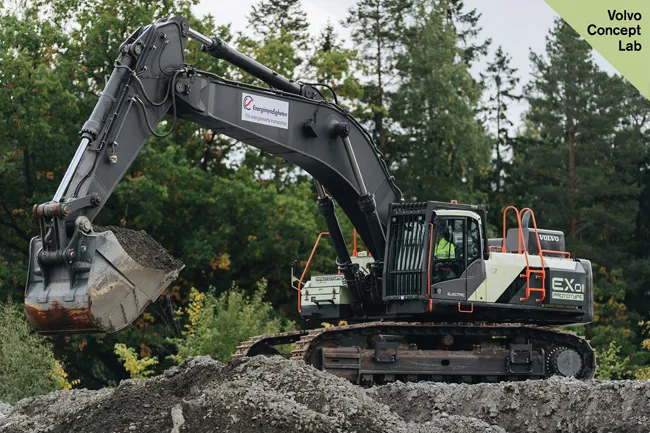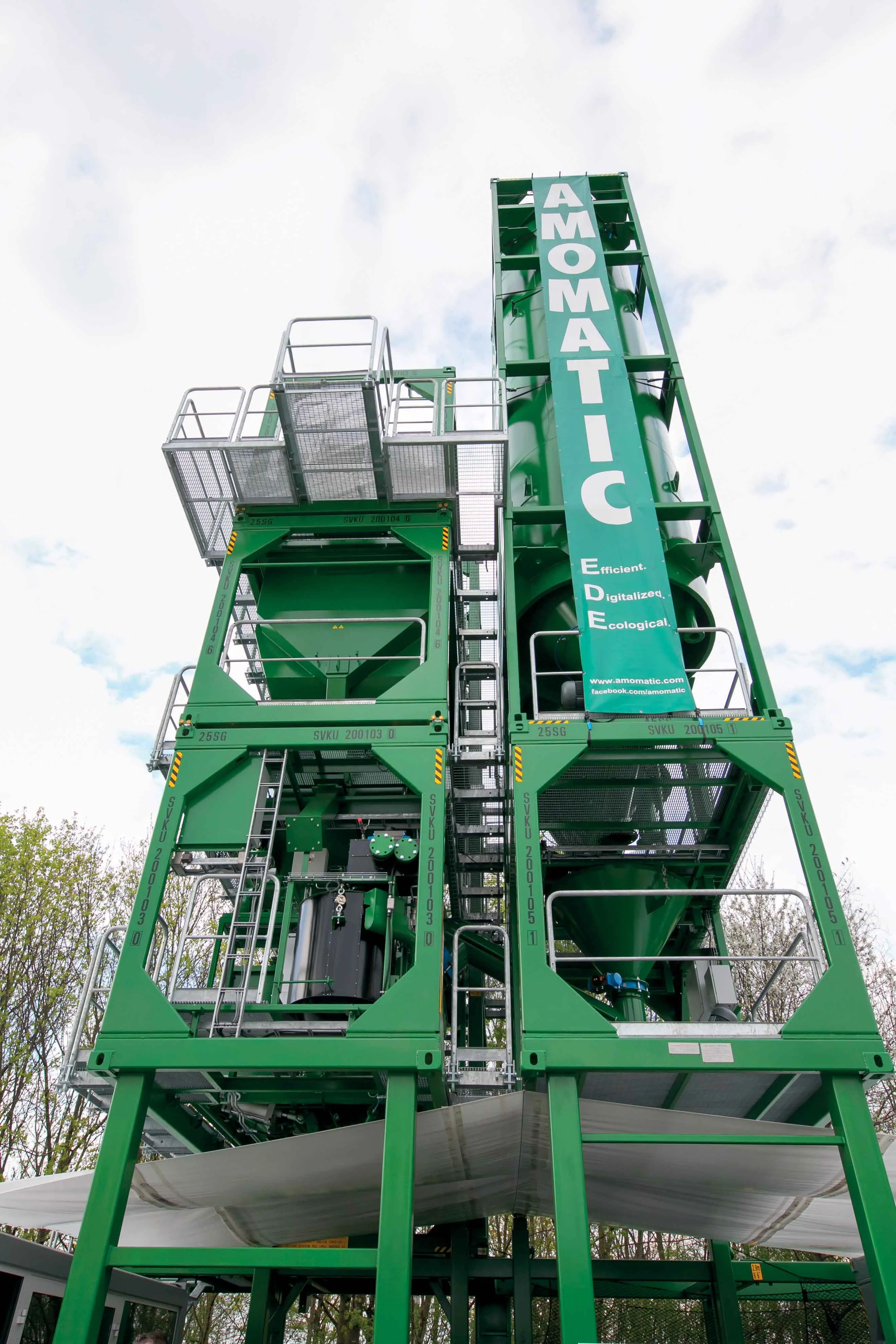
Unveiled at the recent bauma exhibition, the Impact concept was developed by the CNH Industrial Design team in Turin and Modena, Italy. The machine and its electronic control systems were developed in Turin, Modena and at the Lecce facility in Italy, in collaboration with CNH’s Vehicle and Electronics Department and various technology partners.
The Impact concept stands out for its advanced technology. The machine is based on the existing CASE eCWL 12EV electric compact wheeled loader technology, currently built at Lecce, with an innovative design that eliminates the traditional cabin. Instead of being operated from the inside, the machine is remotely operated from a dedicated control lounge. This innovative feature not only enhances operational flexibility, it makes it possible to operate in extreme environments and adverse weather conditions.
The Impact concept marks a significant advance in accessibility. Operators with motor impairments can now control the machine without physical limitations, representing an important step toward inclusivity in the industry.
The machine incorporates an integrated perception system, using advanced hardware to collect real-time data, improving efficiency and precision during operation. Additionally, the Impact concept is equipped with semi-autonomous functionality, allowing automated digging and dumping operations to improve productivity and to reduce operator effort and fatigue. These features will soon be incorporated in the Click & Dig function that CASE will introduce on wheeled loaders from the Lecce plant.
Alongside its established production facilities, CASE has established a Special Applications Division, within the Sampierana plant in Italy. Here customers can request individual machine designs and specifications that can be engineered and built to meet their specific job site requirements.
Examples of this innovative approach within the Sampierana R&D hub include the world’s most compact high-reach demolition excavator - the CX135E XRD - and a 2.4-tonne mini excavator with a two-piece articulating main boom, designed specifically for the German market.
The CX135E XRD is equipped with an eXtended Reach demolition boom and arm, delivering a maximum reach of up to 13m. The machine sits on an expandable undercarriage with a transport width of just 2.32m and a working width of up to 2.92m for maximum stability.
This compact excavator can operate with a range of attachments, up to 600kg in weight. It also features an operator’s cab that can be tilted back by up to 300 to provide an improved view of the working area. The demolition rig can also be equipped with an XRD camera and lighting mounted on the arm to give an elevated view of the working area.







